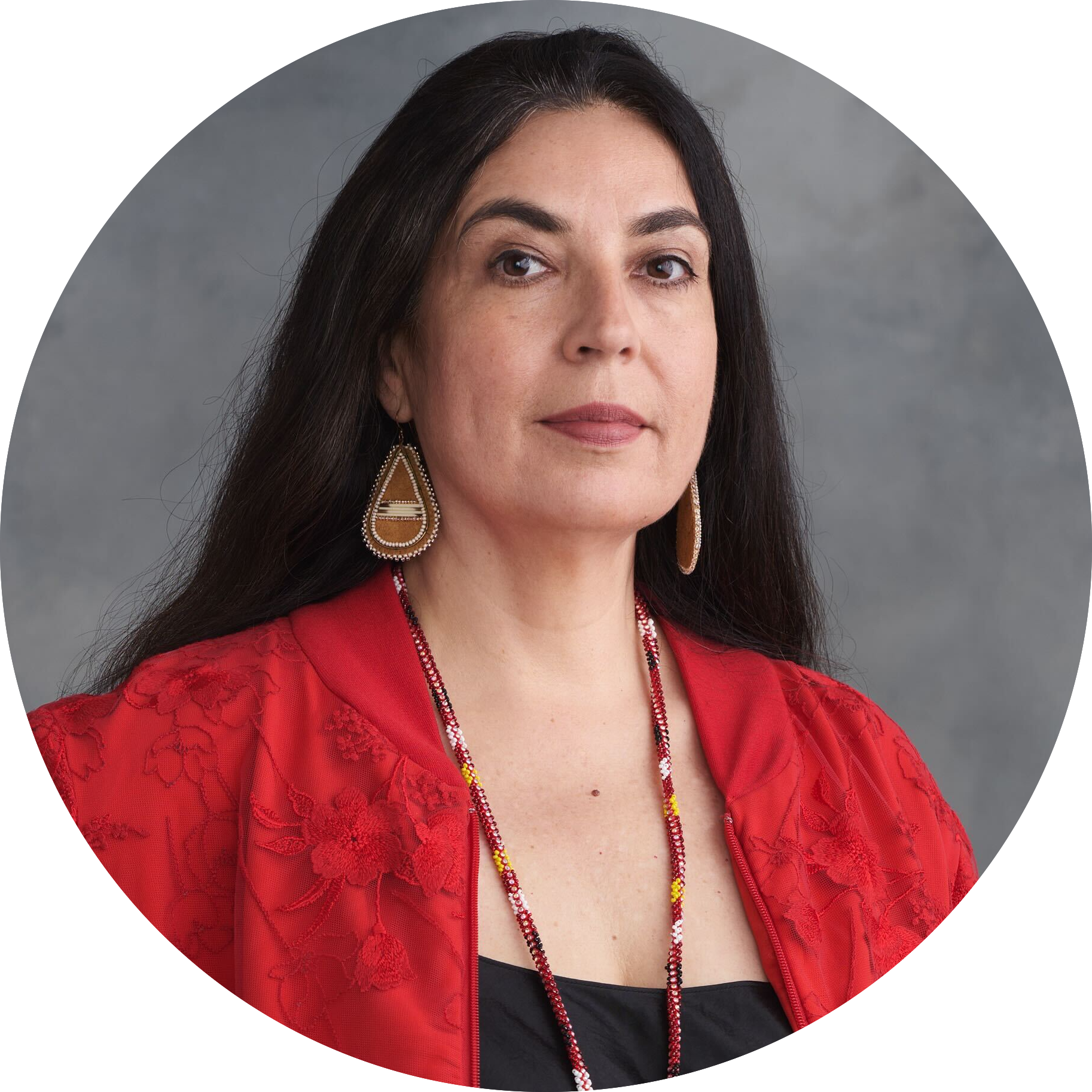
The root of the problem in northern Ontario
This story about a lawsuit involving First Nations in northern Ontario has deep roots — in...
This is the first installment of a three-part series. Read Part 2, Is the German Energy Transition Everything It’s Cracked Up to Be? and Part 3, Building a Popular Front Against Climate Change.
Last Sunday, German voters handed Chancellor Merkel a comfortable mandate for a third term in office in elections billed as “the most boring federal elections ever.”
The victory of Merkel’s ruling Christian Democratic Union/Christian Social Union (CDU/CSU) was nearly a foregone conclusion. With Merkel’s hardline policies on the Euro safeguarding the German economy in the midst of a Europe wracked by crisis, and her main rivals the Social Democratic Party of Germany (SPD) failing to offer any serious alternative, German voters saw no reason to try any new experiments.
But behind the bland façade of German prosperity major changes are afoot. What the predictable election results don’t show is the ongoing long-term transformation of the German energy sector, referred to as the Energiewende or energy transition. Building on the support of an unlikely coalition ranging from radical environmentalists to conservative CDU/CSU voters, the Energiewende aims at the kind of progress on energy and climate that most western governments argue is both politically and economically unfeasible.
The headline figures on the energy transition thus far are fairly impressive: renewable energy in Germany now accounts for 25% of total electricity production. 65% of the electricity generated by renewables comes from a decentralized network of small-scale producers, ranging from individuals to cooperatives to small communities. The official government target is 80% renewable electricity by 2050, with some expecting that number to be closer to 100%.[view:in_this_series=block_1]
According to German climate justice activist and Rosa Luxemburg Foundation energy researcher Tadzio Müller, these numbers are an important strategic indicator for the global environmental movement. “What the Energiewende shows is that ecologically and socially relevant transformative effects can be achieved at something much smaller than the global scale,” says Müller.
For Müller, the 2009 COP15 conference in Copenhagen was a watershed moment for activists fighting to stop climate change. Despite intense pressure from tens of thousands of activists on the streets and close media scrutiny from around the world, the conference ended in failure. Understanding that failure means rethinking the framing of climate change as an issue that activists can effectively tackle at the international scale.
“Projecting energy issues at the global level, as environmental organizations have done since the Rio Summit in 1992, has turned out to be a dead end,” argues Müller. “We simply won’t get an international climate agreement because economic growth is so strongly tied to fossil fuels. More economic growth means more emissions.”
In spite of his critique of the global framework for climate politics, Müller insists on the importance of a global perspective. Müller is a veteran activist of the anti-globalization movement, more accurately described by its French name, altermondialisme, or the movement for a different globalization: one created in the interests of people rather than profit.
Anti-globalization protests coalesced around international summits such as G8/G20 meetings and WTO negotiations. Müller argues that these summits functioned as global flashpoints where something was truly at stake, such as whether developing countries would be subject to punitive terms in so-called free trade agreements. Choosing these summits as a target for protest meant choosing a frame in which activists could potentially exert real influence on the direction of international development.
By contrast, international climate summits such as this year’s upcoming COP19 in Warsaw, Poland do little more than stage the appearance of meaningful negotiations. With rising emissions hard-wired into the ever-expanding global economy, national representatives have little room for manoeuver at the international level without altering the global economic paradigm of endless growth.
Müller’s point is not that we should accept defeat and resign ourselves to the inevitability of climate change. Instead, he argues that climate activists can be more effective by focusing their efforts where they have the greatest strategic leverage. For now, that means the local, regional and national level.
Germany is a case in point. For years, members of the German environmental movement engaged in local struggles over issues like nuclear waste storage and public control of utilities. While they may not have looked like much on their own, taken together these struggles transformed the broader social consensus on energy issues. As a result, climate denialism is essentially non-existent in Germany, and the massive expansion of renewable energy enjoys the support of all major political parties.
As we will see in the following installments in this series, the Energiewende is no magic bullet for the climate. Victories at the local level are important, but the challenge of scaling up to create a global movement for climate justice remains. As a step in that direction, we can see the energy transition as part of an ongoing process that is changing not only the way Germany produces electricity, but also how social power is distributed across German society.
“The Energiewende can reduce emissions and change the social playing field because it can generate more community power vis-à-vis corporate power,” says Müller. The more utilities are brought under public control and the more electricity is generated by small-scale producers, the less power large corporations will have over the energy sector. Beyond the transition to green energy, it’s this social transformation that should make Canadian climate activists stand up and take notice.
Stay tuned for parts 2 and 3 in this series.
Content for Apple News or Article only Get the inside scoop on The Narwhal’s environment and climate reporting by signing up for our free newsletter. This...
Continue reading
This story about a lawsuit involving First Nations in northern Ontario has deep roots — in...

At a crucial point in their research, biologists are scrambling to find new support for...

From True Detective to The Grizzlies, the Inuk actor is known for badass roles. She's...

